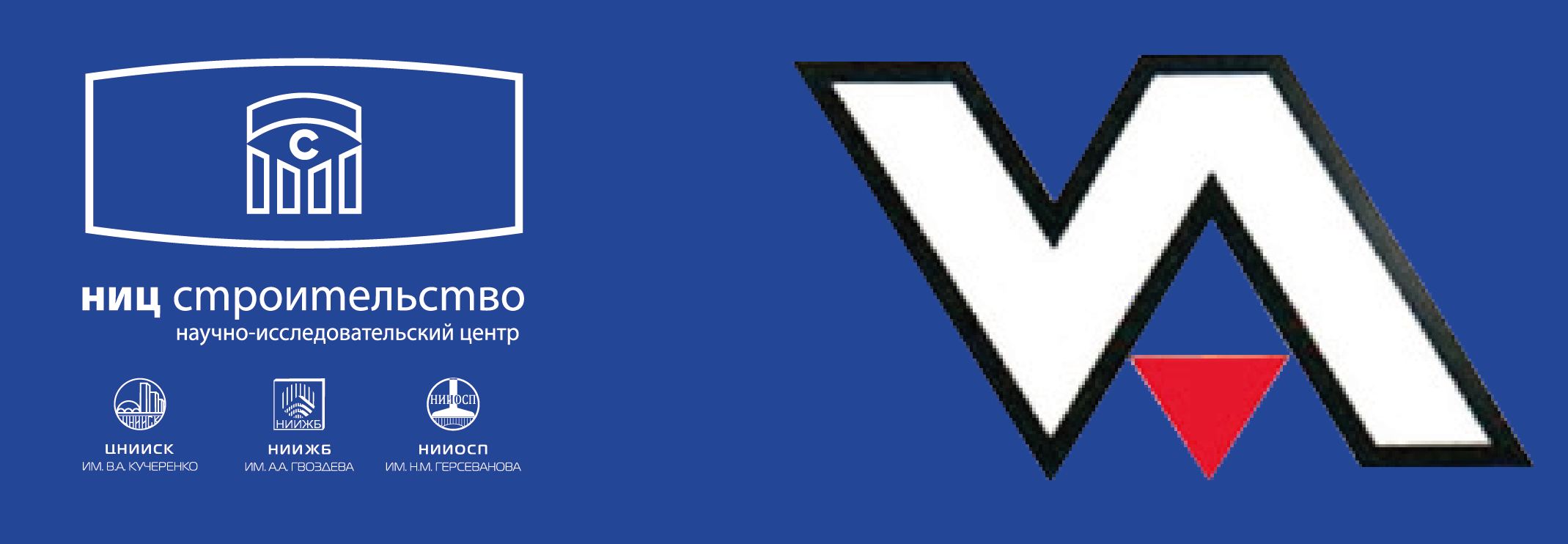Realization of machine-understandable standards with the help of artificial intelligence technology
https://doi.org/10.37538/0005-9889-2025-5(630)-60-67
EDN: NEKSTK
Abstract
Introduction. Modern industry standards are characterized by increasing volume and complexity, which makes their manual analysis time-consuming and error-prone. An urgent task is to develop and implement methods of automated, machine-readable representation of standards for their integration into intelligent decision support systems.
Aim. The research is aimed at analyzing the possibilities of artificial intelligence technologies for automating the processes of interpretation, structuring and analysis of regulatory documents, as well as identifying key challenges and prospects in this area.
Materials and methods. Modern NLP methods were used in the work, including tokenization, lemmatization, keyword extraction, semantic analysis based on transformational architectures and text classification. Data analysis included the conversion of text into structured formats (JSON/XML).
Results. The developed approach has demonstrated high efficiency: the time for analyzing regulatory documents has been reduced, and the accuracy of classifying sections of standards has reached 92 %. Using the example of the ISO 27001 standard, the possibility of automatic extraction of structured requirements was shown. An automated comparison of the versions of the standards (using the example of State Standard R) revealed up to 98 % of the changes.
Conclusions. The practical implementation of artificial intelligence methods has confirmed their high potential for automating the machine understanding of standards. Further development is related to the adaptation of models to highly specialized domains, the development of explicable artificial intelligence and integration with expert systems for validation of results, which will contribute to the creation of full-fledged intelligent systems for working with regulatory documentation.
Keywords
About the Authors
S. V. SnimshchikovRussian Federation
Sergey V. Snimshchikov, Cand. Sci. (Engineering), Vice-rector for E and APE, FSBEI HE Moscow State Technical University of Civil Aviation, Moscow
e-mail: s.snimshikov@mstuca.ru
I. P. Savrasov
Russian Federation
Ivan P. Savrasov*, Cand. Sci. (Engineering), Assistant to the Vice-Rector, FSBEI HE Moscow State Technical University of Civil Aviation, Moscow
e-mail: i.savrasov@mstuca.ru
References
1. ISO/IEC Directives, Part 2: Principles and rules for the structure and drafting of ISO and IEC documents. International Organization for Standardization, 2021, 120 p.
2. Russell S., Norvig P. Artificial Intelligence: A Modern Approach. Pearson, 2022, 117 p.
3. Goodfellow I., Bengio Y., Courville A. Deep Learning. The MIT Press, 2016, 775 p.
4. LeCun Y., Bengio Y., Hinton G. Deep learning. <i>Nature</i>. 2015, vol. 521, no. 7553, pp. 436–444.
5. Vaswani A., Shazeer N., Parmar N., Uszkoreit J., Jones L., Gomez A.N., Kaiser L., Polosukhin I. Attention Is All You Need. <i>Advances in Neural Information Processing Systems</i>. 2017, vol. 30, pp. 5998–6008. Available
6. at: https://proceedings.neurips.cc/paper/2017/file/3f5ee243547dee91fbd053c1c4a845aa-Paper.pdf.
7. Devlin J., Chang M.-W., Lee K., Toutanova K. BERT: Pre-training of Deep Bidirectional Transformers for Language Understanding. arXiv preprint arXiv: 1810.04805, 2019. Available at: https://arxiv.org/abs/1810.04805.
8. Brown T., Mann B., Ryder N., et al. Language Models are Few-Shot Learners. arXiv preprint arXiv: 2005.14165, 2020. Available at: https://arxiv.org/abs/2005.14165.
9. Mitchell T.M. Machine Learning. McGraw-Hill, 1997, 414 p.
10. Bishop C.M. Pattern Recognition and Machine Learning. Springer, 2006, 738 p.
11. Sutton R.S., Barto A.G. Reinforcement Learning: An Introduction. The MIT Press, 2018, 526 p.
12. Schmidhuber J. Deep learning in neural networks: an overview. Neural Netw. 2015, vol. 61, pp. 85–117. DOI: https://doi.org/10.1016/j.neunet.2014.09.003.
13. Krizhevsky A., Sutskever I., Hinton G.E. ImageNet Classification with Deep Convolutional Neural Networks. Advances in Neural Information Processing Systems. 2012, vol. 25, no. 2. DOI: https://doi.org/10.1145/3065386.
14. Jurafsky D., Martin J.H. Speech and Language Processing: An Introduction to Natural Language Processing, Computational Linguistics, and Speech Recognition with Language Models. 3rd ed. Online manuscript released August 24, 2025. Available at: https://web.stanford.edu/~jurafsky/slp3/.
15. Manning C.D., Raghavan P., Schütze H. Introduction to Information Retrieval. Cambridge: Cambridge University Press, 2009. Available at: https://nlp.stanford.edu/IR-book/information-retrieval-book.html.
16. Szeliski R. Computer Vision: Algorithms and Applications. Springer, 2010, 812 p.
17. LeCun Y., Bengio Y., Hinton G. Deep learning. <i>Nature</i>. 2015, vol. 521, no. 7553, pp. 436–444. DOI: https://doi.org/10.1038/nature14539.
18. Jackson P. Introduction to Expert Systems. Addison-Wesley, 1998, 560 p.
19. Luger G.F. Artificial Intelligence: Structures and Strategies for Complex Problem Solving. Pearson, 2008, 754 p.
20. Tapscott D., Tapscott A. Blockchain Revolution: How the Technology Behind Bitcoin Is Changing Money, Business, and the World. Penguin, 2016, 368 p.
21. Thrun S. Toward Robotic Cars. Communications of the ACM. 2010, vol. 53, no. 4, pp. 99–106. DOI: https://doi.org/10.1145/1721654.1721679.
22. Topol E.J. High-performance medicine: the convergence of human and artificial intelligence. <i>Nature Medicine</i>. 2019, vol. 25, no. 1, pp. 44–56. DOI: https://doi.org/10.1038/s41591-018-0300-7.
23. Arrieta A.B., Díaz-Rodríguez N., Del Ser J., Bennetot A., Tabik S., Barbado A., García S., Gil-Lopez S., Molina D., Benjamins R., Chatila R., Herrera F. Explainable Artificial Intelligence (XAI): Concepts, Taxonomies, Opportunities and Challenges toward Responsible AI. <i>Information Fusion.</i> 2020, vol. 58, pp. 82–115. DOI: https://doi.org/10.1016/j.inffus.2019.12.012. Available at: https://www.sciencedirect.com/science/article/pii/S1566253519308103.
Review
For citations:
Snimshchikov S.V., Savrasov I.P. Realization of machine-understandable standards with the help of artificial intelligence technology. Concrete and Reinforced Concrete. 2025;630(5):60-67. https://doi.org/10.37538/0005-9889-2025-5(630)-60-67. EDN: NEKSTK











